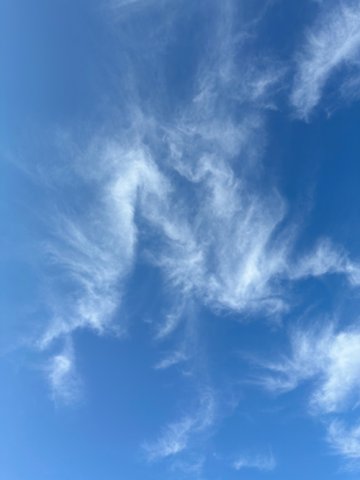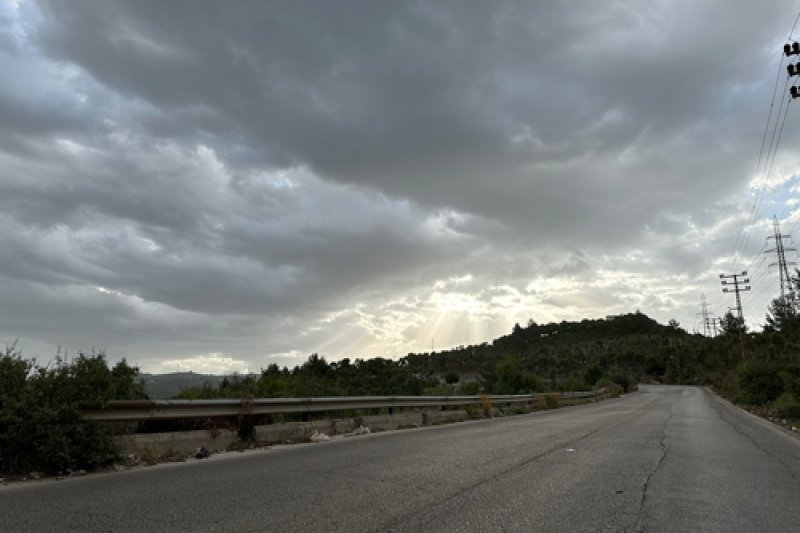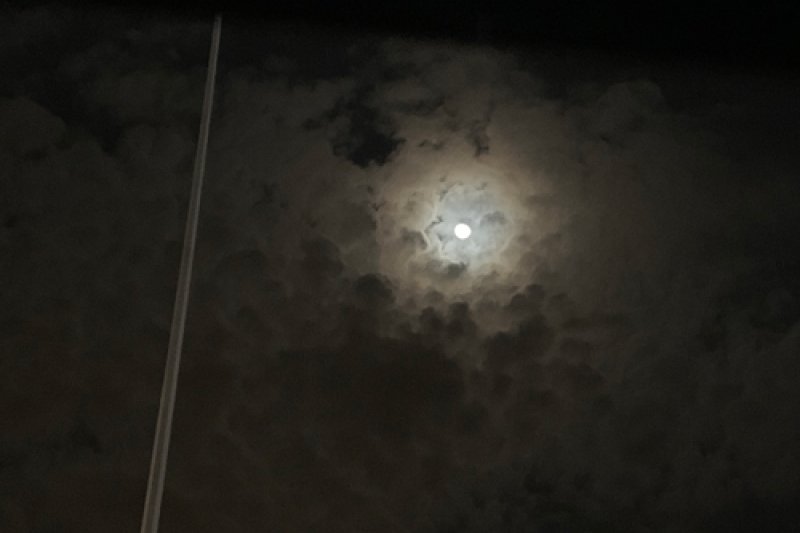All pictures were shot by me with my phone, no filters
"Behind every dark cloud, there is an every-shining sun. Just wait. In time, the cloud will pass" - Marianne Williamson. Whenever you look up at the sky, more often than not, chances are some clouds can be seen. Sometimes white and fluffy, at other times darker and more compact in shape, clouds can be a mesmerizing sight in both form and color. In some parts of the world, farmers and folk still rely on the form of clouds to forecast upcoming rain or sunny days. The numerous variations of clouds have been grouped into 4 major categories and 10 basic types.
Over two centuries ago, Luke Howard classified clouds into the following:
1. Cirrus are whitish and wispy. They appear in low-pressure areas and might be the precursor of an upcoming storm
2. Cumulus are mostly fluffy and detached. They look like cotton balls with a flat bottom.
3. Stratus appear at the north of warm fronts and look like a spread blanket with diffuse edges.
4. Nimbus is a thick form combining all the previous three and is a rain indicator.







